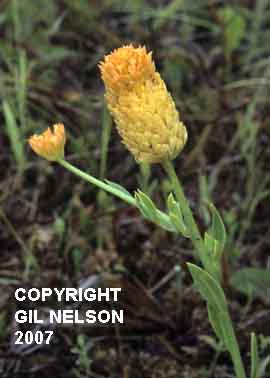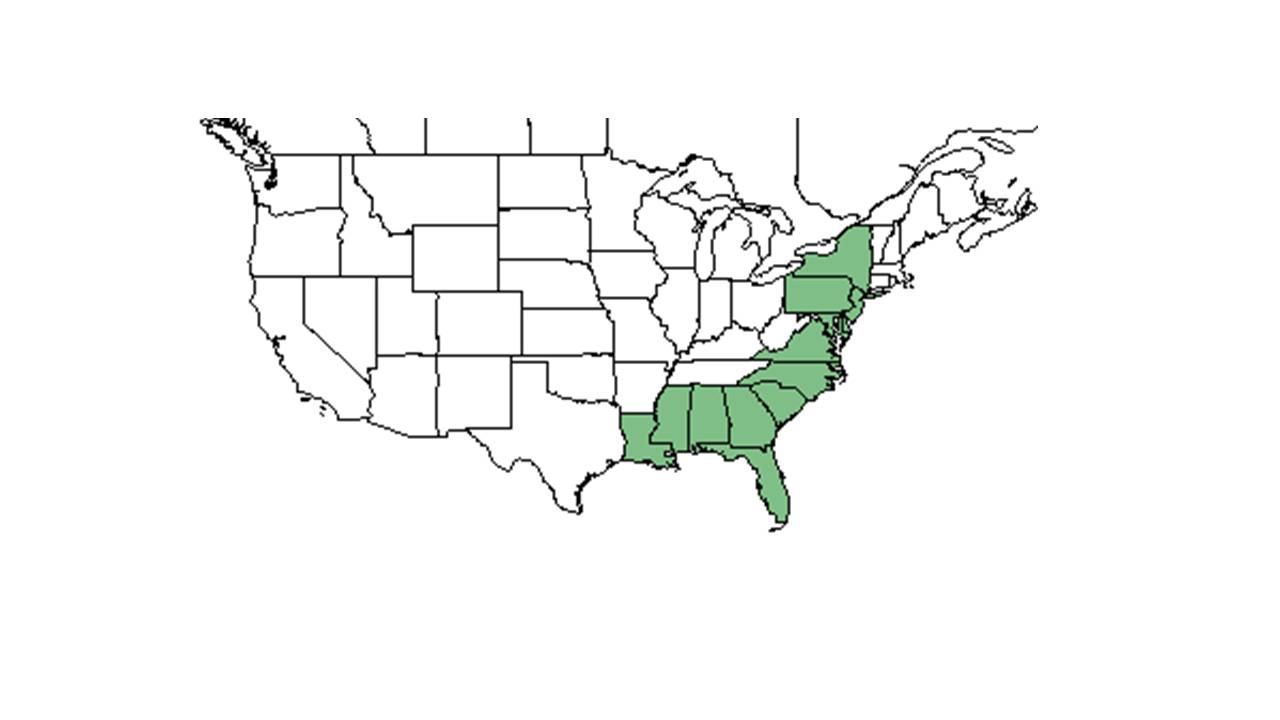Difference between revisions of "Polygala lutea"
(→Description) |
|||
| Line 25: | Line 25: | ||
==Ecology== | ==Ecology== | ||
===Habitat=== <!--Natural communities, human disturbed habitats, topography, hydrology, soils, light, fire regime requirements for removal of competition, etc.--> | ===Habitat=== <!--Natural communities, human disturbed habitats, topography, hydrology, soils, light, fire regime requirements for removal of competition, etc.--> | ||
| + | This species has been found in pine flatwoods, boggy areas, and swamp edges (FSU Herbarium). It has been found in open lit areas in drying, loamy sands as well as wet soils (FSU Herbarium). This species has also been found growing in human disturbed areas such as along roadsides as well (FSU Herbarium). | ||
| + | |||
===Phenology=== <!--Timing off flowering, fruiting, seed dispersal, and environmental triggers. Cite PanFlora website if appropriate: http://www.gilnelson.com/PanFlora/ --> | ===Phenology=== <!--Timing off flowering, fruiting, seed dispersal, and environmental triggers. Cite PanFlora website if appropriate: http://www.gilnelson.com/PanFlora/ --> | ||
===Seed dispersal=== | ===Seed dispersal=== | ||
Revision as of 11:43, 24 July 2015
| Polygala lutea | |
|---|---|

| |
| Photo taken by Gil Nelson | |
| Scientific classification | |
| Kingdom: | Plantae |
| Division: | Magnoliophyta – Flowering plants |
| Class: | Magnoliopsida – Dicotyledons |
| Order: | Polygalales |
| Family: | Polygalaceae |
| Genus: | Polygala |
| Species: | P. lutea |
| Binomial name | |
| Polygala lutea L. | |

| |
| Natural range of Polygala lutea from USDA NRCS Plants Database. | |
Contents
Description
Common name: orange milkwort
Distribution
P. lutea is known to occur in open wet pine savannas (Hinman and Brewer 2007). Observed species in sandhill longleaf pine habitat that has 1 to 3 year fire return intervals, on Pebble Hill Plantation(Michelle M. Smith – early summer 2014 and 2015).
Ecology
Habitat
This species has been found in pine flatwoods, boggy areas, and swamp edges (FSU Herbarium). It has been found in open lit areas in drying, loamy sands as well as wet soils (FSU Herbarium). This species has also been found growing in human disturbed areas such as along roadsides as well (FSU Herbarium).
Phenology
Seed dispersal
Seed bank and germination
Fire ecology
Pollination
Use by animals
Diseases and parasites
Conservation and Management
Cultivation and restoration
Photo Gallery
References and notes
Hinman, S. E. and J. S. Brewer (2007). "Responses of two frequently-burned wet pine savannas to an extended period without fire." Journal of the Torrey Botanical Society 134: 512-526.